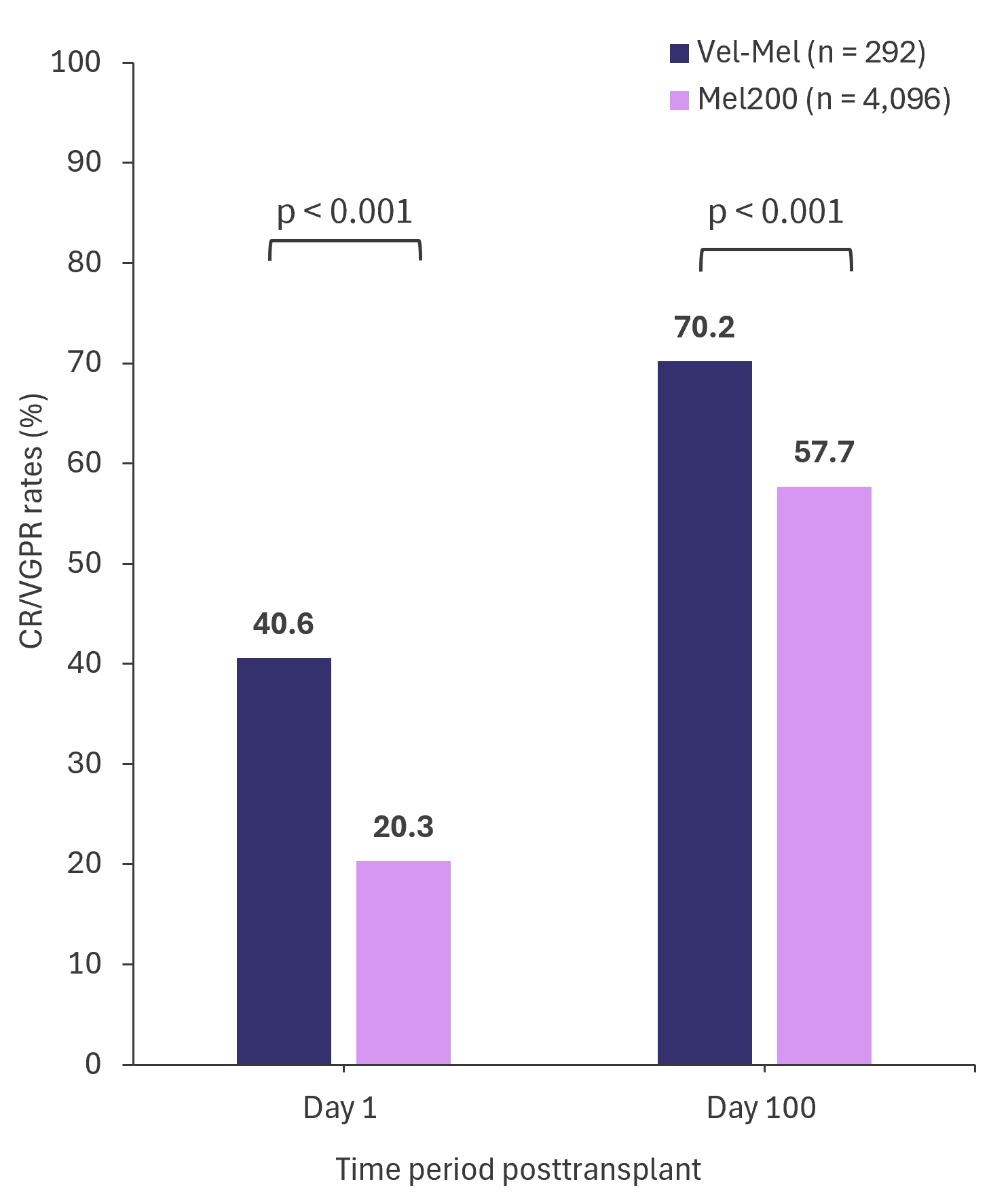All content on this site is intended for healthcare professionals only. By acknowledging this message and accessing the information on this website you are confirming that you are a Healthcare Professional. If you are a patient or carer, please visit the International Myeloma Foundation or HealthTree for Multiple Myeloma.
The mm Hub website uses a third-party service provided by Google that dynamically translates web content. Translations are machine generated, so may not be an exact or complete translation, and the mm Hub cannot guarantee the accuracy of translated content. The mm and its employees will not be liable for any direct, indirect, or consequential damages (even if foreseeable) resulting from use of the Google Translate feature. For further support with Google Translate, visit Google Translate Help.
The Multiple Myeloma Hub is an independent medical education platform, sponsored by Bristol Myers Squibb, GSK, Johnson & Johnson, Legend Biotech, Pfizer, Roche, and Sanofi. The levels of sponsorship listed are reflective of the amount of funding given. View funders.
Now you can support HCPs in making informed decisions for their patients
Your contribution helps us continuously deliver expertly curated content to HCPs worldwide. You will also have the opportunity to make a content suggestion for consideration and receive updates on the impact contributions are making to our content.
Find out more
Create an account and access these new features:
Bookmark content to read later
Select your specific areas of interest
View multiple myeloma content recommended for you
Outcomes of patients with NDMM, transplanted with Vel-Mel or Mel200 conditioning regimens
Conditioning regimens are regularly used to improve the efficacy of autologous hematopoietic stem cell transplantation (auto-HSCT) in patients with newly diagnosed multiple myeloma. However, currently, there is a lack of data surrounding the use of bortezomib (Vel) + melphalan 200 mg/m2 (Mel200) (Vel-Mel) conditioning in the upfront clinical setting.
Recently, Beksac et al.1 published a retrospective analysis in Bone Marrow Transplant investigating the outcomes of patients with newly diagnosed multiple myeloma, transplanted with Vel-Mel or Mel200. We summarize the key points below.
Study design1
- This was a retrospective, registry-based study of the European Society for Blood and Marrow Transplantation (EBMT) database.
- Data was collected from patients who received their first auto-HSCT between January 1, 2010, and December 31, 2017, and were treated with Vel-Mel or Mel200.
Key findings1
- A total of 4,388 patients were included in the study
- Vel-Mel = 292
- Mel200 = 4,096
- The median follow-up for all patients was 36.8 months
- The complete response/very good partial response was significantly higher in patients treated with Vel-Mel vs Mel200 at 100 days posttransplant (Figure 1)
- The 3-year cumulative incidence of complete response/very good partial response post-auto-HSCT was significantly higher in patients treated with Vel-Mel vs Mel200 (62% vs 48%, p < 0.001) but the median time to response was similar in both groups (Vel-Mel, 3.9 months and Mel200, 4.7 months).
Figure 1. CR/VGPR rates in patients treated with Vel-Mel and Mel200 at first transplant and Day 100 posttransplant*

CR, complete response; Mel200, melphalan 200 mg/m2; Vel-Mel, bortezomib + melphalan 200 mg/m2; VGPR, very good partial response.
*Adapted from Beksac, et al.1
- The 3-year progression-free survival estimates were similar in both treatment groups (Vel-Mel, 46% and Mel200, 49%, p = 0.06).
- The 3-year overall survival was significantly better in patients treated with Mel200 at 85% vs 76% for patients treated with Vel-Mel (p < 0.001).
- The 3-year relapse incidence was also similar in both treatment groups (Vel-Mel, 55% and Mel200, 51%, p = 0.15).
|
Key learnings |
|---|
|
References
Please indicate your level of agreement with the following statements:
The content was clear and easy to understand
The content addressed the learning objectives
The content was relevant to my practice
I will change my clinical practice as a result of this content



